By Don Bosco
Since 2011, I have been writing and publishing books for children though my start-up, Super Cool Books. We began with making book prototypes and story products for reluctant readers, and eventually published serialised fiction in collaboration with much more established publishing partners. The modest business growth over these years has brought many challenges. As our titles continue to reach a wider audience, it has been a practical lesson in practising inclusiveness in an active and authentic way. This is a significant creative challenge that always keeps me motivated and inspired in fresh and surprising ways
Come On, Everybody
I always thought I knew what inclusiveness meant, but in the course of writing this article, I looked up the term anyway. In most basic terms, it refers to “the quality of including all sections of society”, and is associated with the idea of tolerance and acceptance.1 In other words, inclusiveness, or inclusion, is about creating the experience of reaching out and being hospitable to others— whether they be family, friends or strangers—so that they feel accepted for who they are, and are encouraged to participate in what you have organised. As a parent and creator of children’s literature, I am extremely aware of just how sensitive kids are to the idea of being included. If made to feel left out on one too many occasions, it can break their hearts. As an author and avid reader, I have observed that there has always been a wide range of children’s books that champion ideas about inclusiveness and social acceptance. I grew up with many of them. Especially comics.
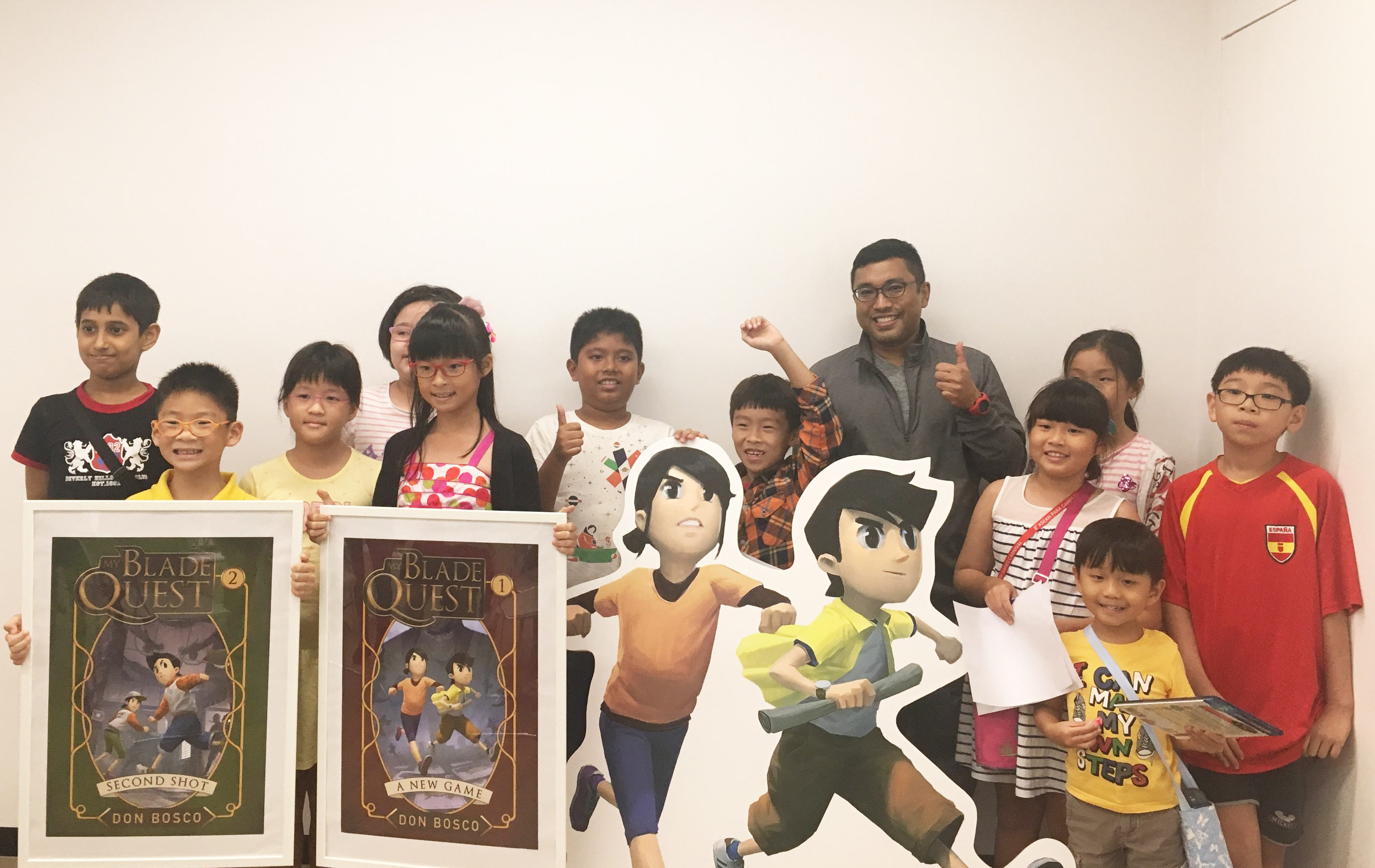
Don and young readers at the launch of his My Blade Quest series, held in June 2017 at Sengkang Public Library.
One of the most popular story entertainment brands today, the X-Men, is based on championing Misfits as Heroes. In this story world, the mutants are born with features and abilities that make them seem like “freaks”. Out of fear, society discriminates against them and tries to remove them. But they are too awesome for that. Time and again, the mutants step up and protect the very people who jeered them and hunted them down. This narrative is so captivating that Marvel Comics has launched entire franchises off the original comic books. Now there are X-Men movies, computer games, toys, clothes and fastfood collectible merchandise. How about story characters who are Immigrants albeit Model Citizens? A classic example is Superman. He came over from another planet, was an intergalactic refugee, and had a humble life growing up on a rural farm. Later, as an adult, he moved to the city, but felt out of place, especially when mocked by his office coworkers. Nonetheless, he was always keen to help out and be accepted, and that guided him in his attempt to use his powers to serve society.
Going farther back, in traditional fairytales, we have stories like The Ugly Duckling, about an awkward-looking bird that was mercilessly teased while living with other ducks. Eventually, he finds his rightful place in the world when he grows into a beautiful swan. This is a tale about the “freak” that had the last laugh. Are you a “Freak”? A Misfit? An Outcast? An awkward Foreigner? In the world of children’s stories, you might just be a Hero waiting to happen.
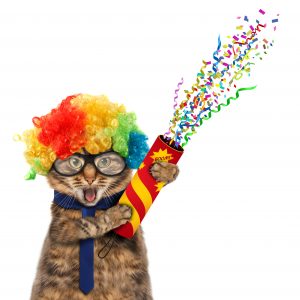
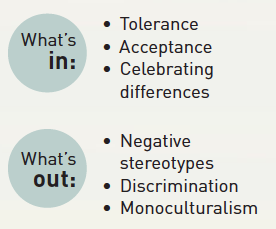
Open Your Eyes
Be it a disabled person as a Superbrain (an exceptionally intelligent person) or an elderly person as a Kickass Zombie Fighter, I have always been intrigued by the idea that exceptional human abilities sometimes come in the most unexpected packages. When we get a chance to look beneath superficial differences, we sometimes discover extraordinary awesomeness. Here is a short excerpt from one of my books, about a few kids who meet an eighty-something year-old woman. (It contains spoilers, so I will not reveal the title.)
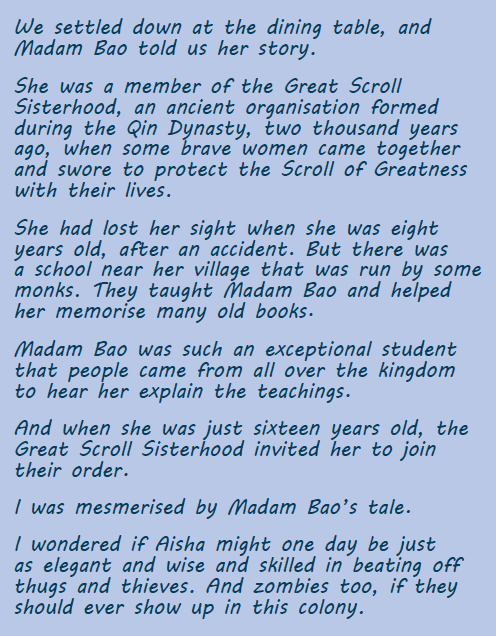
For the past few months, I have been writing my latest adventure series, My Blade Quest, and I am having so much fun inventing many stereotype-busting characters. For instance, there is a motorcycle gang made up of retired men and women, who race their Harley Davidson bikes around Melbourne, Australia and occasionally organise charity barbeque events. There is also a group of teenagers who show symptoms of Asperger’s Syndrome, and despite being socially awkward, they are brilliant technology hackers who help the book’s main characters fight a bully and complete their urgent mission.
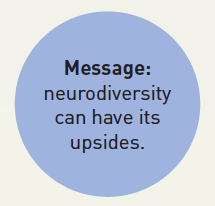
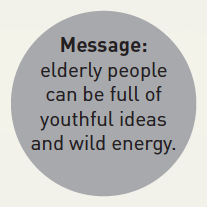
Through my experience and interaction with my readers, I have learned that kids love such characterisations. Reading books with such messages opens up their imagination, and prepares them to offer outstanding friendship and camaraderie when they go out into the world, in spite of seemingly formidable physical or cultural obstacles. In this way, children’s literature can be used to bring communities closer by focussing on the fun. When you are truly having a good time, you will accept physical, cultural and perceived disparities, and even find these differences endearing. That is just how humans are as a species—the pursuit of fun actually meets our deeper, more fundamental emotional needs. Fun nurtures a state of well-being that runs across all cultures, and unites children of all ages.
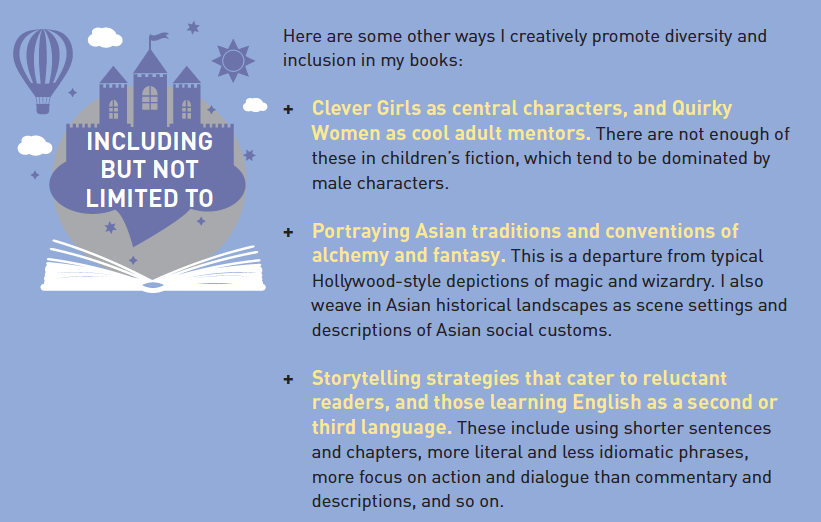
#Diversity: The New Marketing?
In recent years, a significant movement has emerged in children's fiction (or "Kidlit"): We Need Diverse Books. It began in 2014 on Twitter as a hashtag movement, #weneeddiversebooks, and has since evolved into a non-profit group in the US that develops new children’s fiction talent from diverse backgrounds, and promotes their books to schools,2 so that all kids get to see themselves and their experiences reflected in the stories they read. This call for diversity in literature has succeeded in generating many fresh conversations across social media about inclusiveness. It has also infl uenced publishers— major players as well as smaller presses—to rethink their publishing catalogues, and exhibit more range and inclusivity.
“Freaks”, Misfits and Immigrants. In many ways, these have been the constant pillars of children’s entertainment. Good writers repeatedly use such characters to create a deeper awareness about the need for diversity— that this world is bigger, weirder, more awesome and ultimately more fun than anything anyone can try to exclude. I readily admit that this modern society we live in is actually far from perfect. The harsh reality is that Misfits are too often ostracised. Outcasts are denied their basic rights. “Freaks” are ridiculed and denied admission. Immigrants do get glared at and are called rude names, or even physically attacked. But what if we could accelerate the spread of this hyperoptimistic, inclusive ethos from children’s fiction into other spheres of life and other forms of discourse? That would be a social innovation worth exploring.
Notes
1 Definition of “inclusiveness” from the English Oxford Living Dictionaries at https://en.oxforddictionaries.com/definition/inclusiveness
2 We Need Diverse Books website, at http://weneeddiversebooks.org
 |
Don Bosco writes thrilling fiction for children, inspired by Asian legends and pop culture. He started the kidlit publishing studio Super Cool Books in 2011. His books include the My Blade Quest series (Armour Publishing), the Lion City Adventures series (Marshall Cavendish) and the Superkicks series (Marshall Cavendish). Don is a local co-organiser for StoryCode Singapore, and a member of the Society of Children’s Book Writers and Illustrators. He has been a featured speaker at writing festivals and media conferences. Visit his website at http://www.SuperCoolBooks.com or email him at studio@supercoolbooks.com |

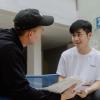

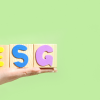
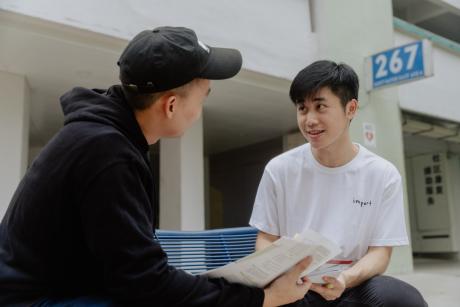

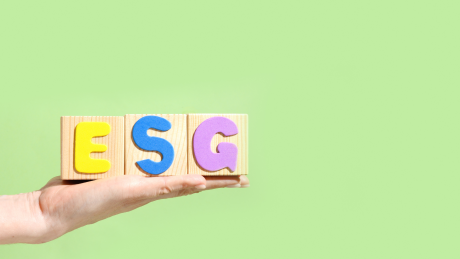
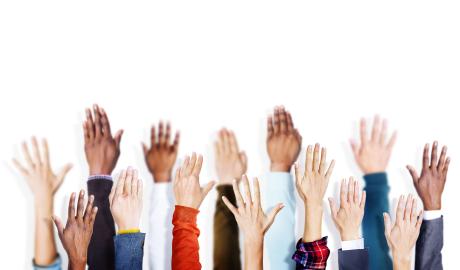
Comments